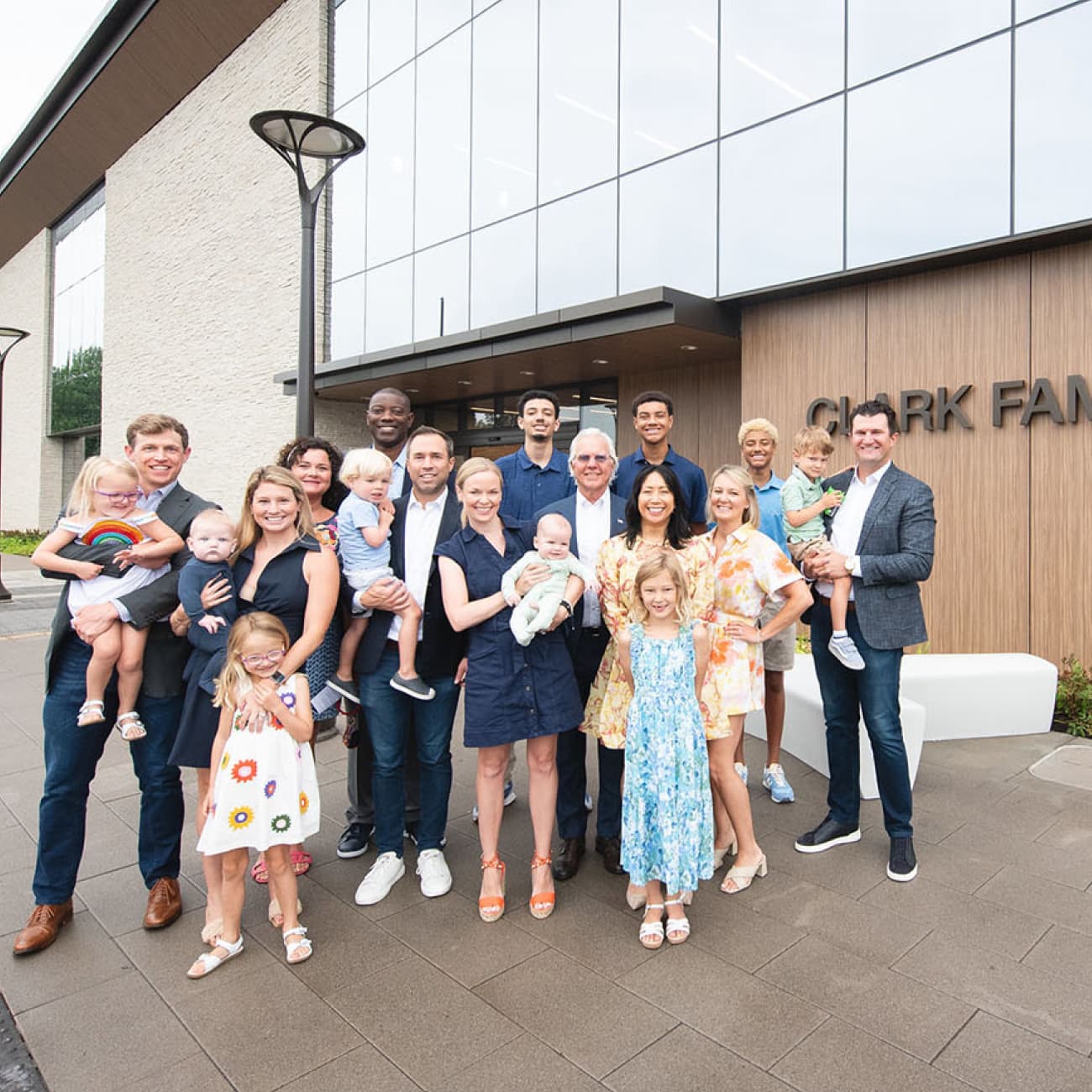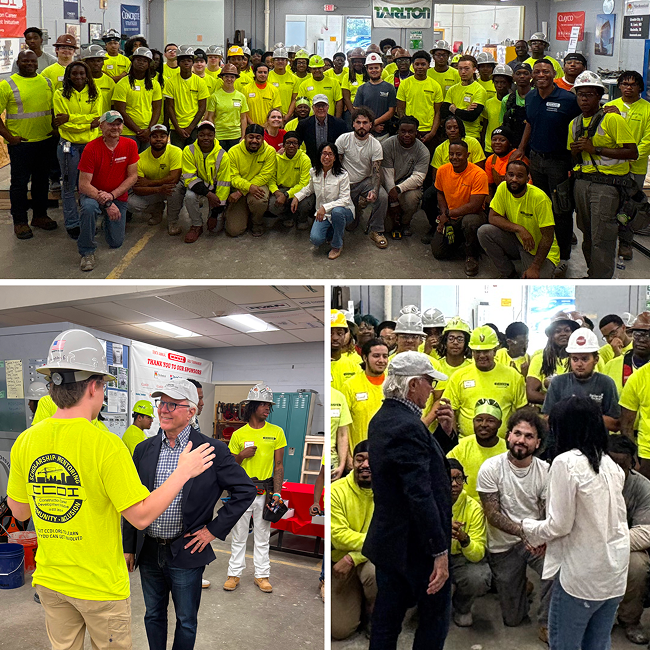When Everything Changed — Clayco’s Crucible at Granite City
When I started Clayco in 1984—the company went from 3 employees to about 30 people on the payroll by 1986 we were doing $10 million in annual revenue—the company still felt fragile, hungry, and unpredictable. I had sold my interest in Machine Maintenance Equipment in 1983, struck out alone, and here we were: a young team, undercapitalized, but full of grit and resolve.
Then in 1986 came a life‑defining moment: Continental Boiler in the St. Louis region—its special projects arm, Brooks Erection, run by Don Wright (a gentleman I knew from my days at MMECO)—went bankrupt mid-shutdown on a critical Granite City Steel project. Over 1,000 pipefitters, boilermakers, insulators, tradespeople were suddenly without a company—and Granite City Steel leadership were in a panic.
Out of nowhere, Don Wright shows up and asks if Clayco can take over the job midstream. A incredibly complicated project with union, insurance and payroll complication. Paying a half‑million‑dollar‑plus weekly payroll? Even despite knowing Clayco could barely write checks. I believed the project, the people—and the opportunity—were worth the risk. We met leadership at Granite City Steel works and convinced them they had to help us make the payroll and prepay some profit and expenses and boom, we were on the JOB! My dad used to say, “The job is the Boss” and he was right on this one.
Finishing the critical shut-down project on the furnaces and ductwork became a massive win—not just because we delivered it, but because we inherited substantial equipment the defunct company left behind: welding machines, many trucks. We hauled it back to our fledgling yard, painted it, plastered it with our logo. It was a true coup.
In the next few years, we grew the Special Projects Group team and completed jobs at Big River Zinc, Monsanto Chemical, Olin Brass Mill, Ethyl Corp, and more Granite City works.
- Don Wright Sr. and Jr., who bridged trust, technical know‑how, and opportunity
- Dale Robertson and Butch Overman, boots‑on‑the‑ground leadership during the chaos
- Tom Rensing, our millwright savant, who translated theory into execution
Bob Sieckhaus, who quietly shaped our ethos with humility and excellence and gave us two game changing partners that have gone the distance, Tom and Steve.
Our industrial SPG performed so well that a couple years later, in 1986 we were awarded the giant installation of the new continuous caster—an enormous, seven‑story structure that pours molten steel in, makes a 90‑degree turn, cuts slabs on the fly, and repeats.
It came as a shock to me to find out, mid-project, that our team agreed to a lump‑sum contract instead of time‑and‑material as I had been led to believe. That could have been a disaster. Instead? It was a home run, driven by our now‑margin‑aware mindset and deeper inbound capability.
Those early years—1984 through the Granite City saga—shaped Clayco’s DNA. They taught me how to choose risk, trust people, and act in service of clients and communities. And sometimes, when you’re out on the edge with nothing left to lose, that’s exactly when your wings spread wide.






.avif)



